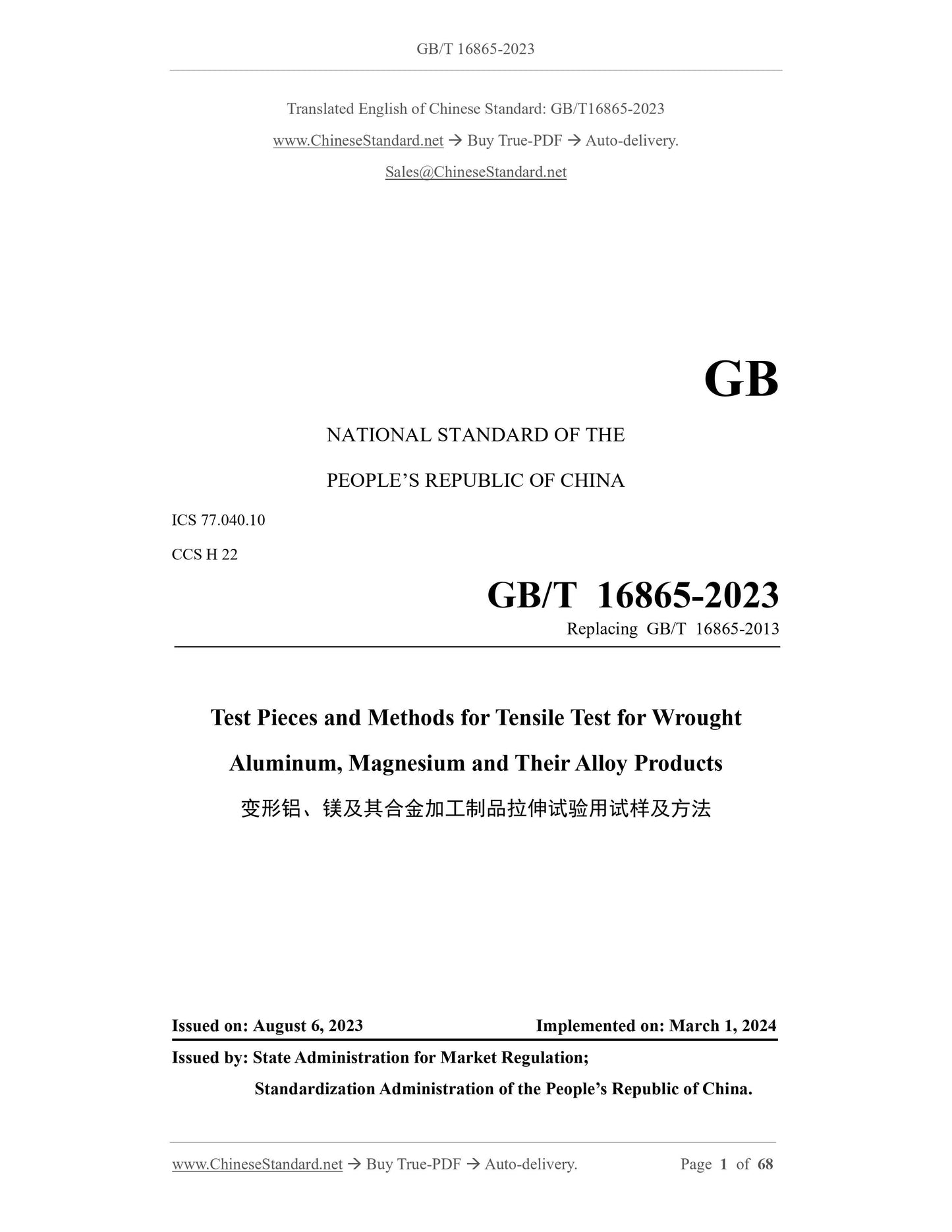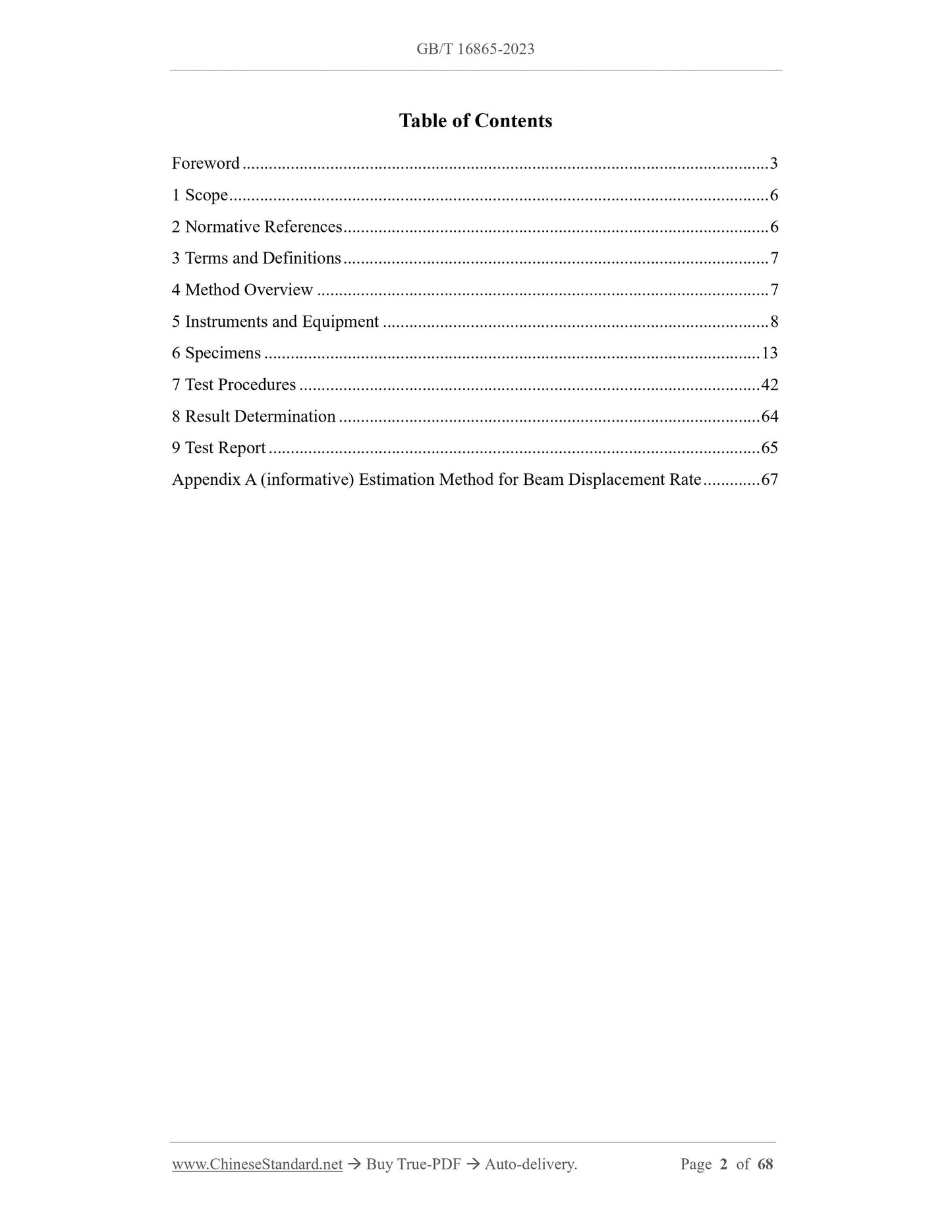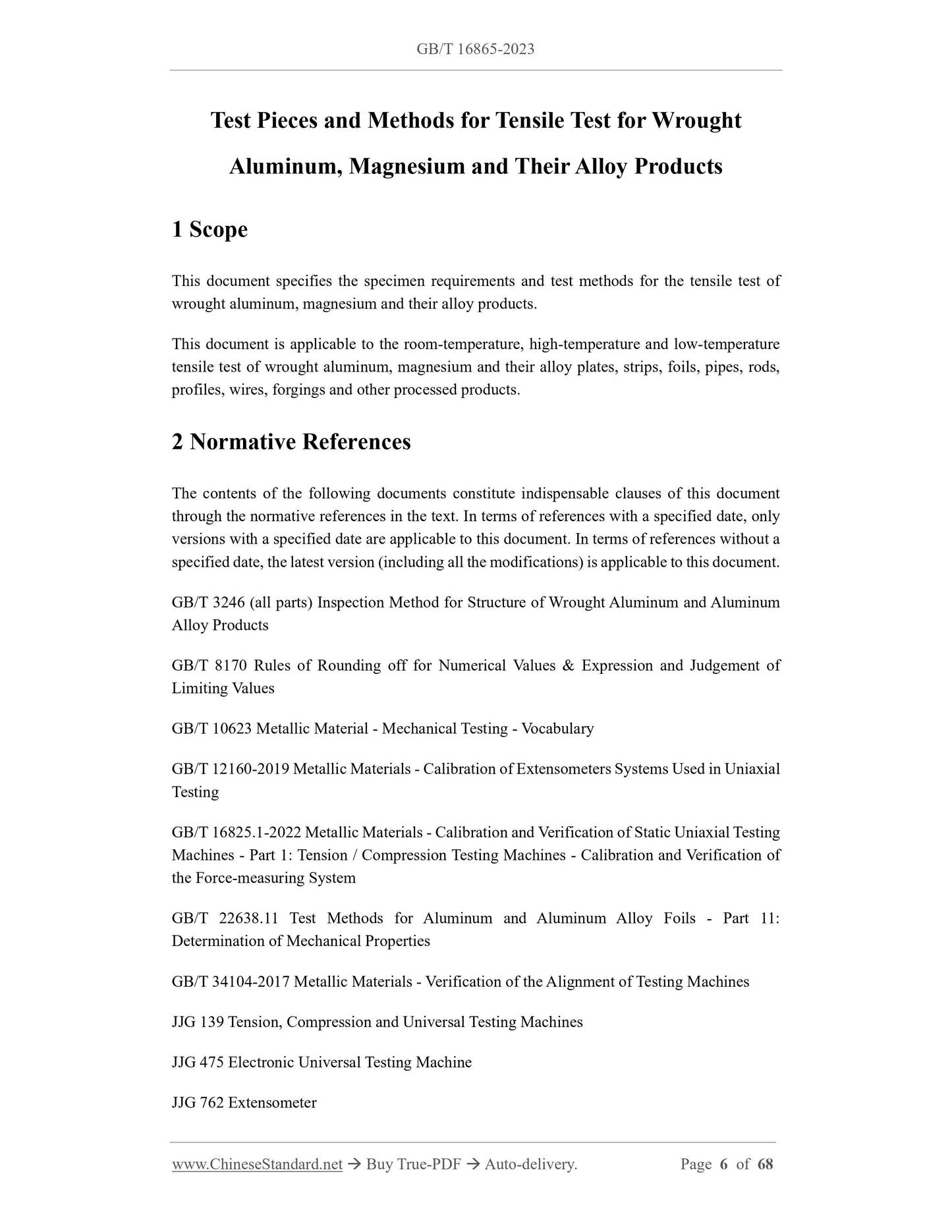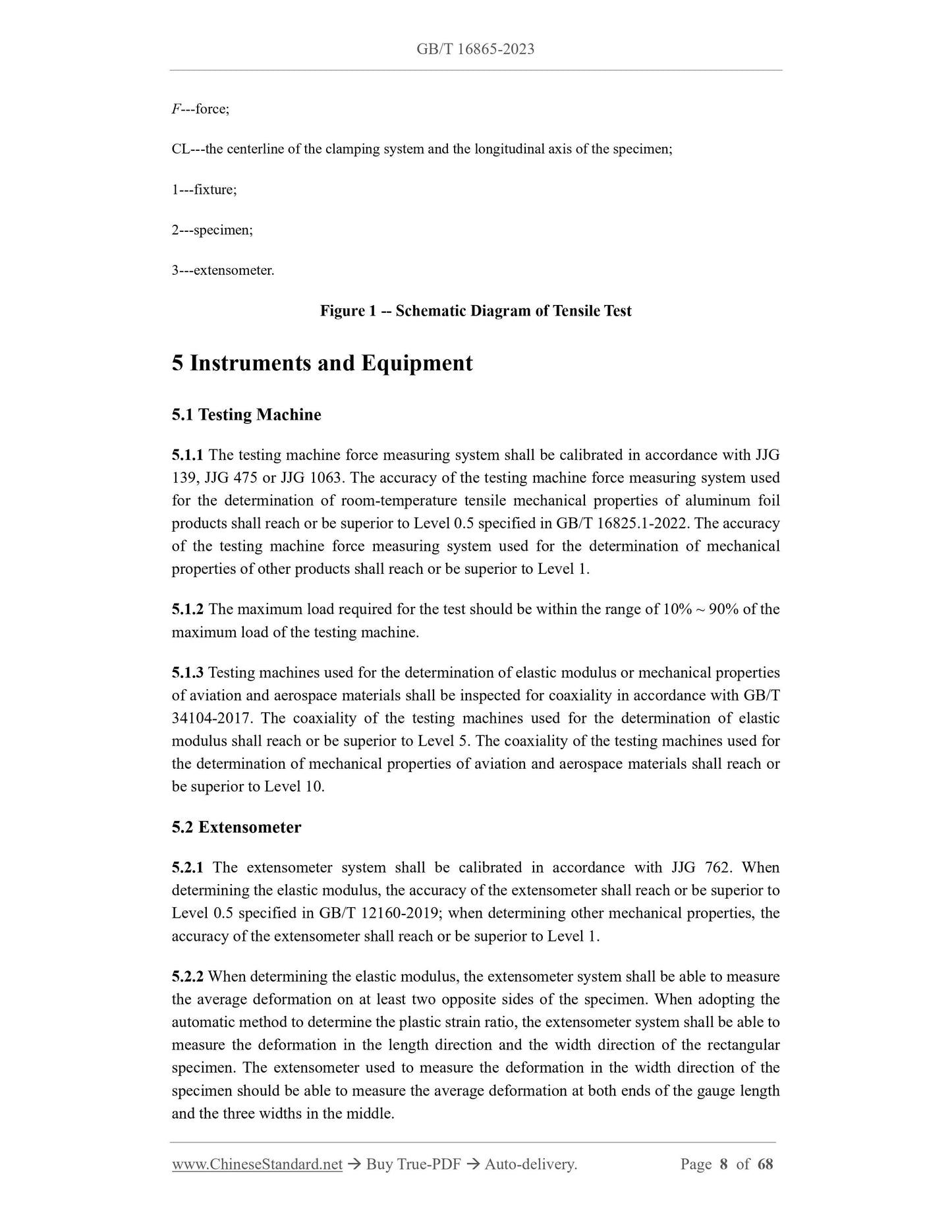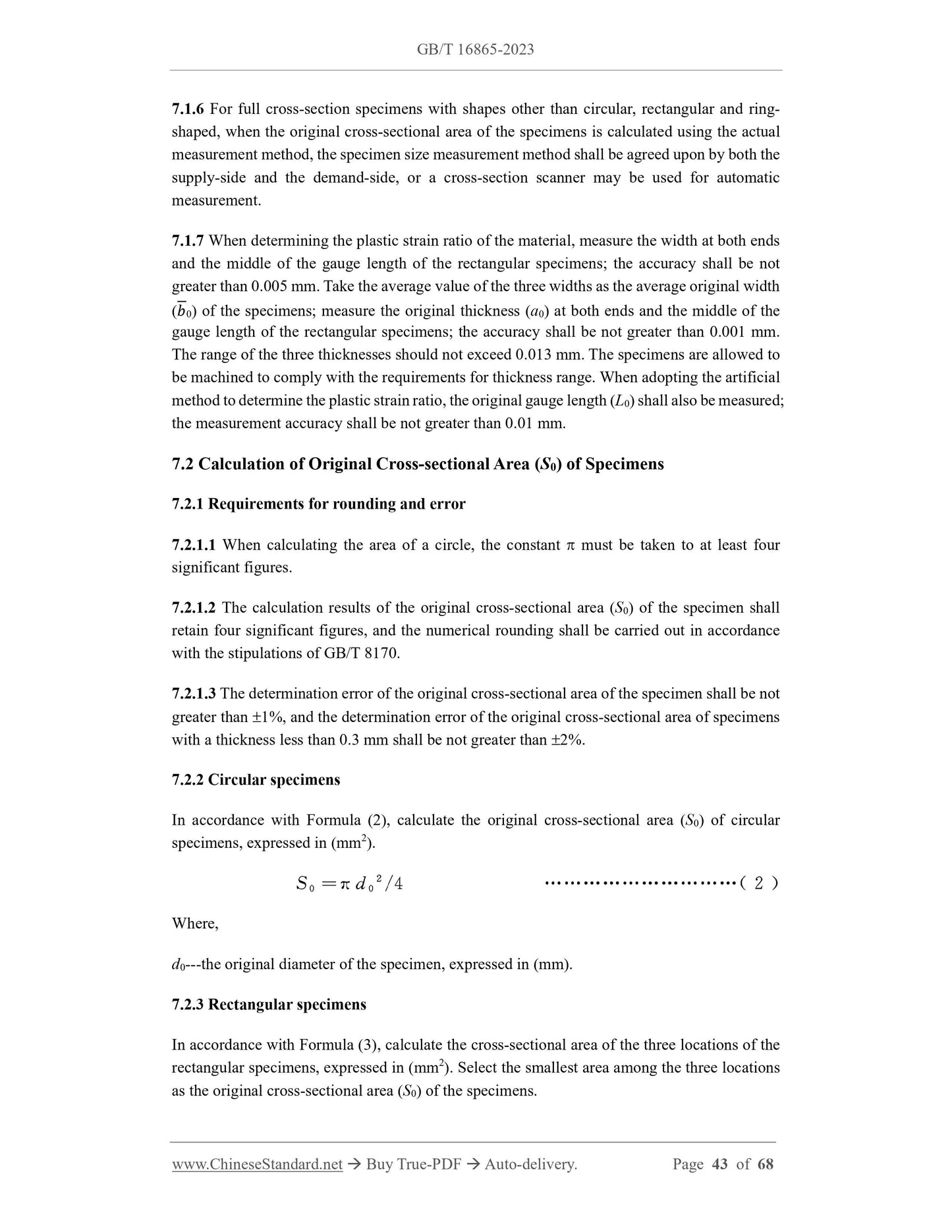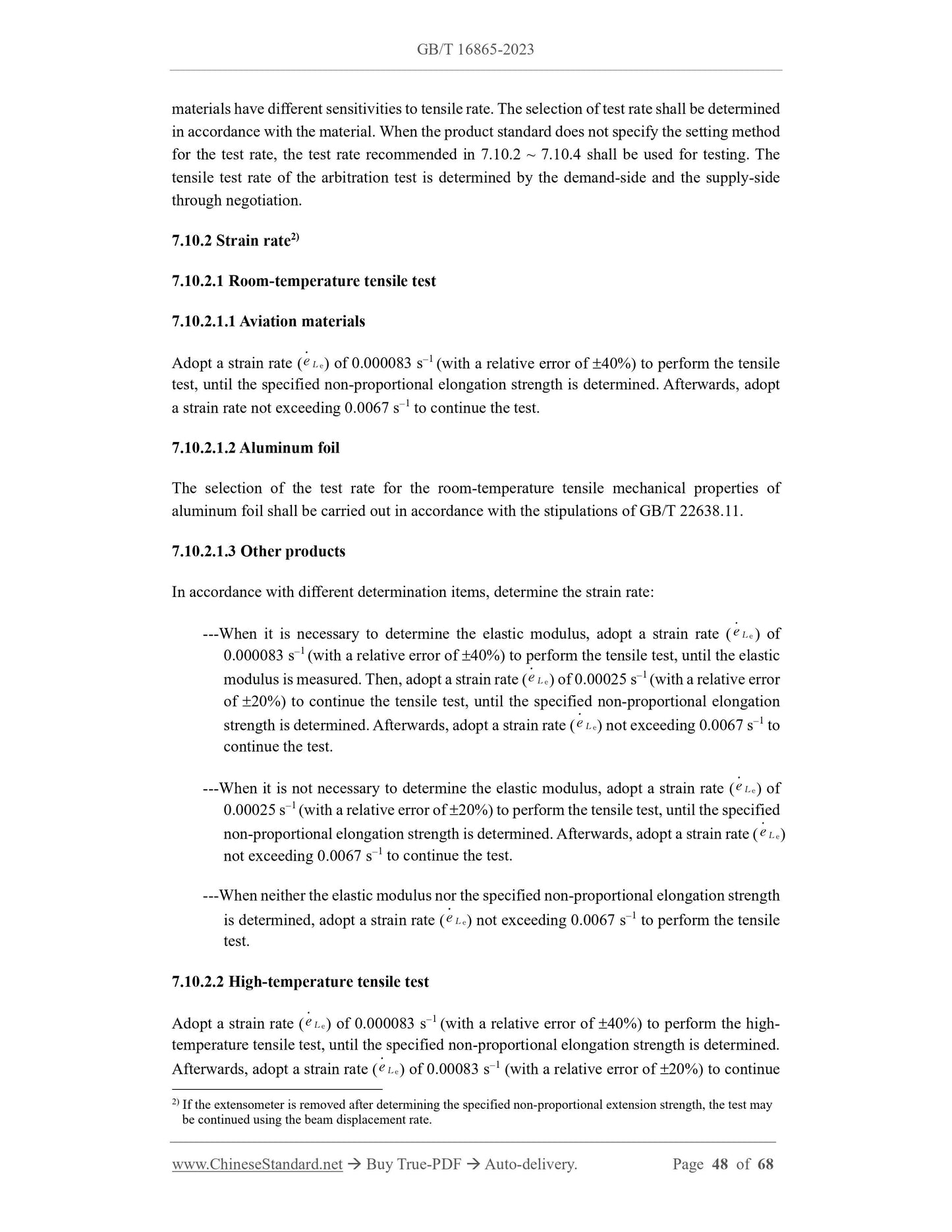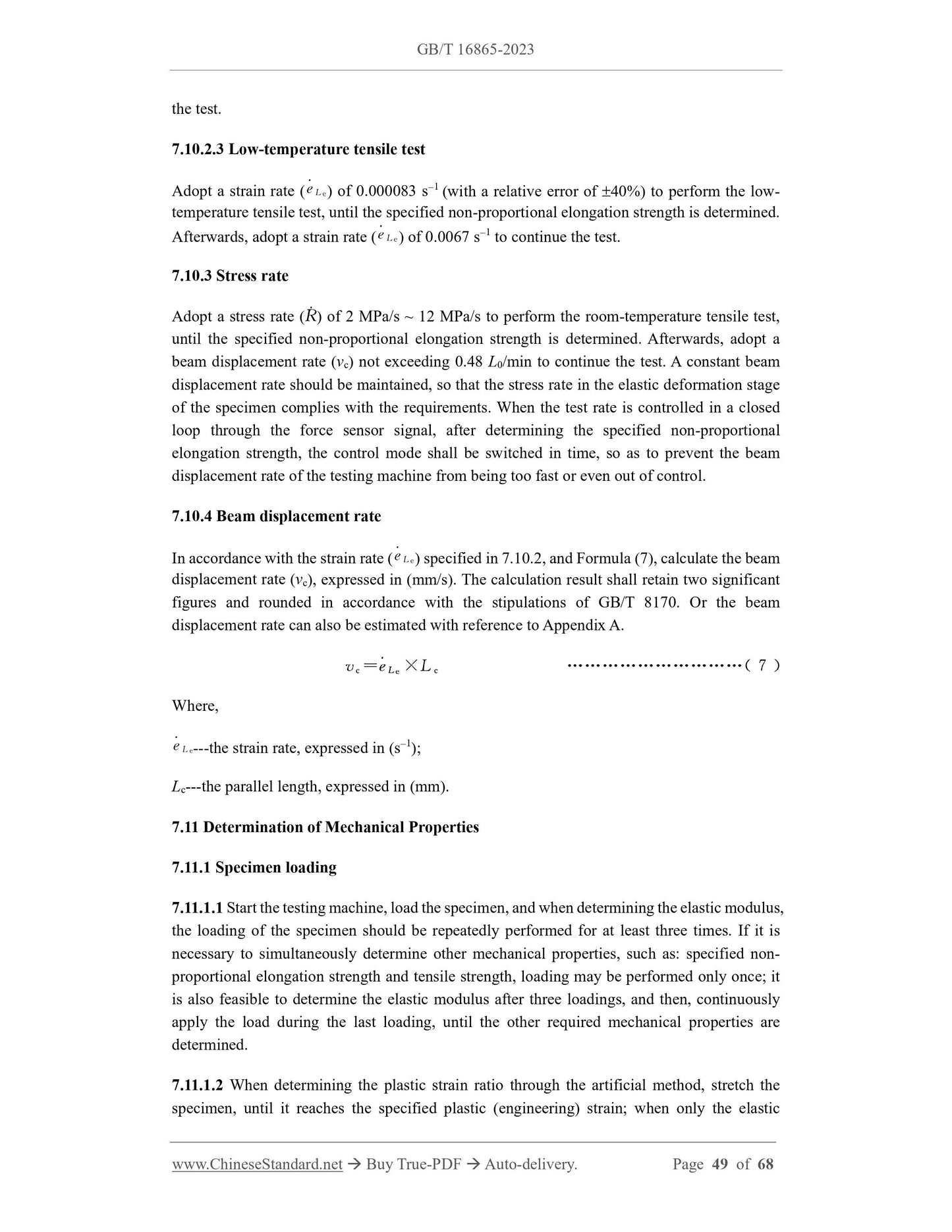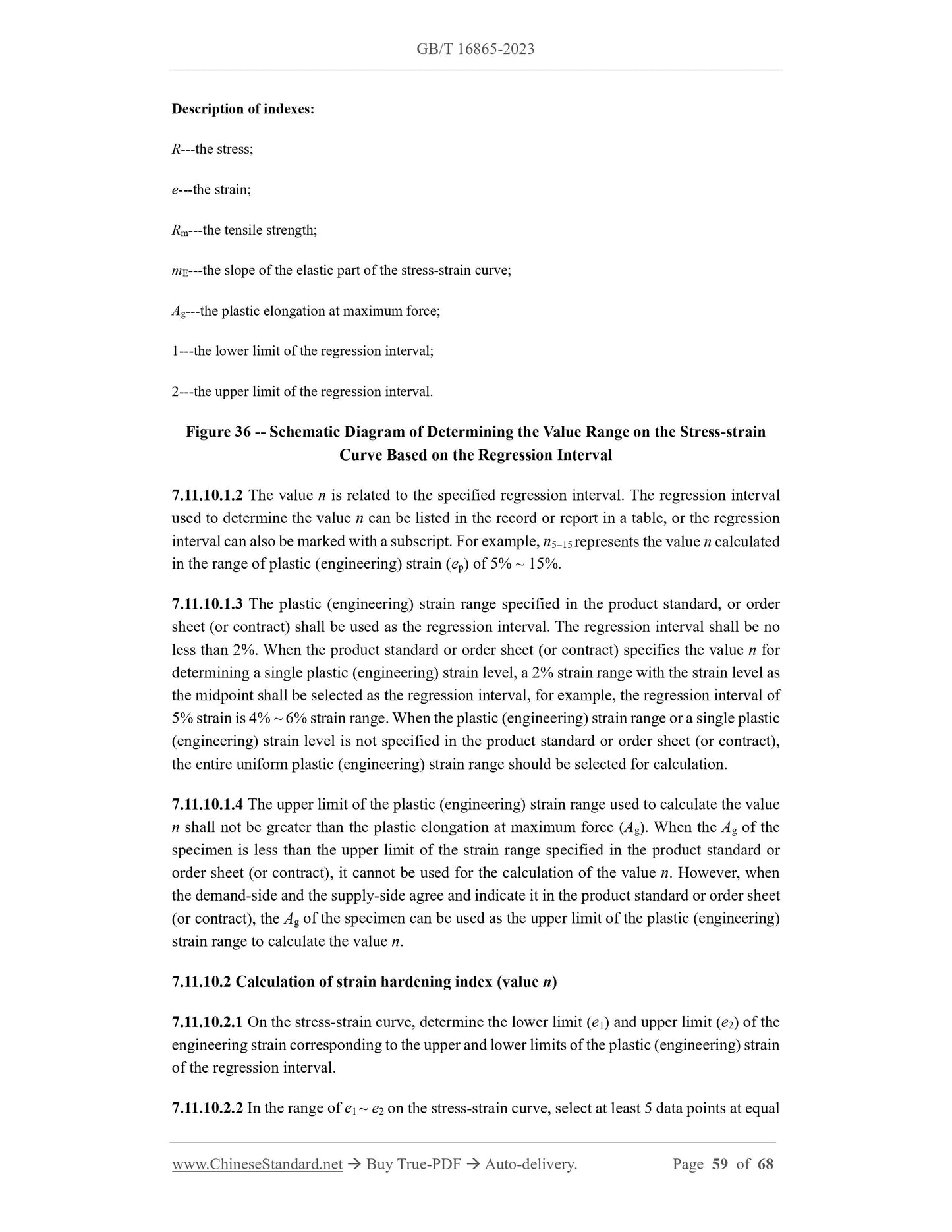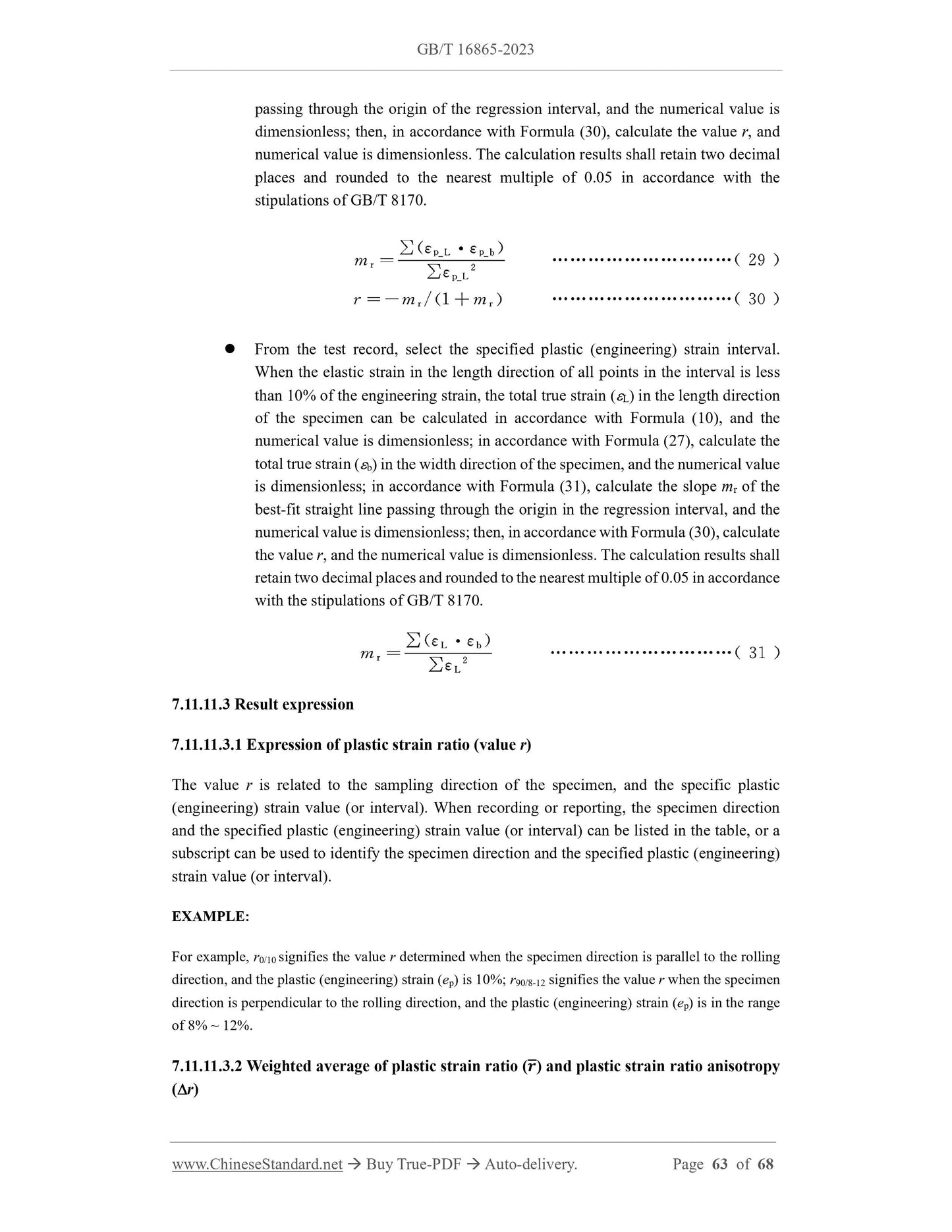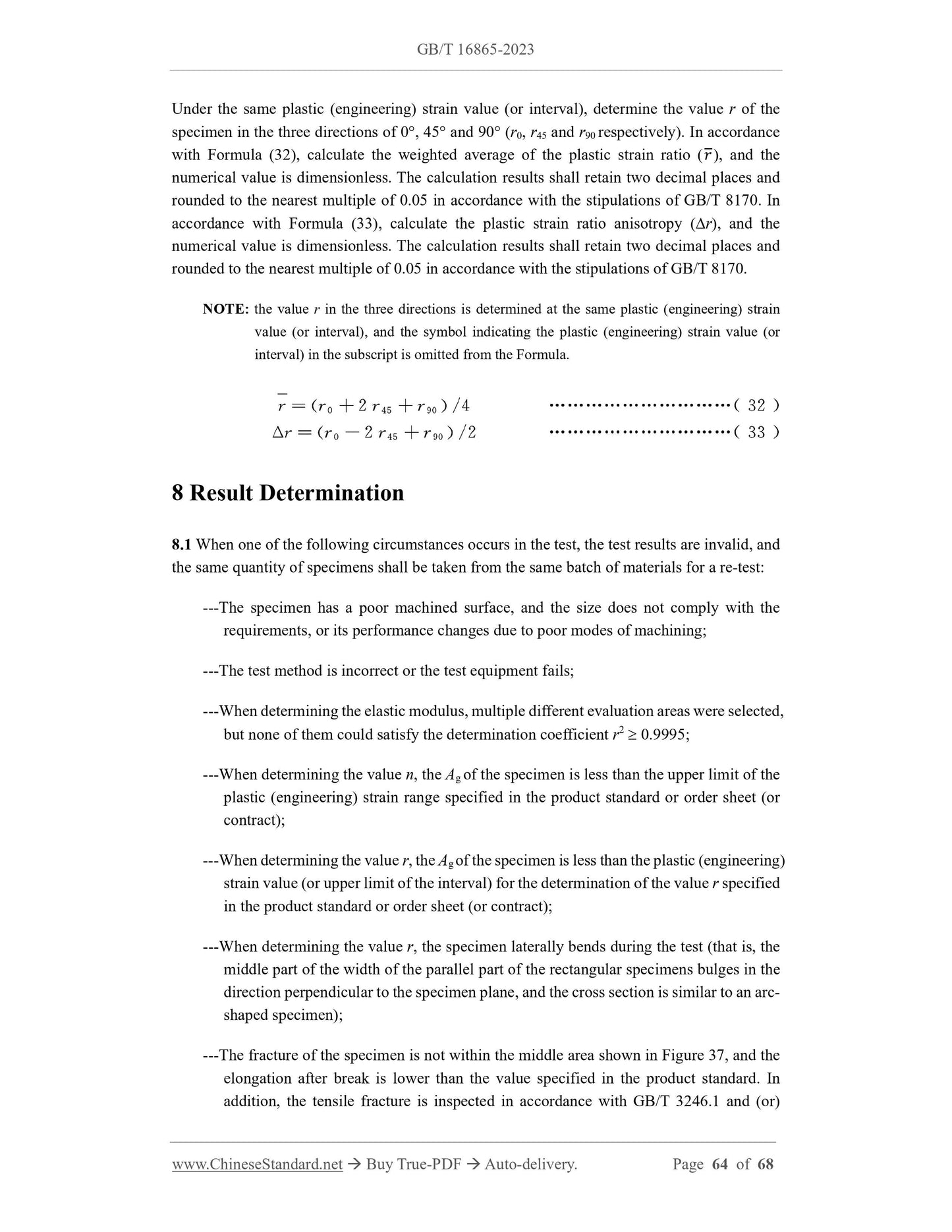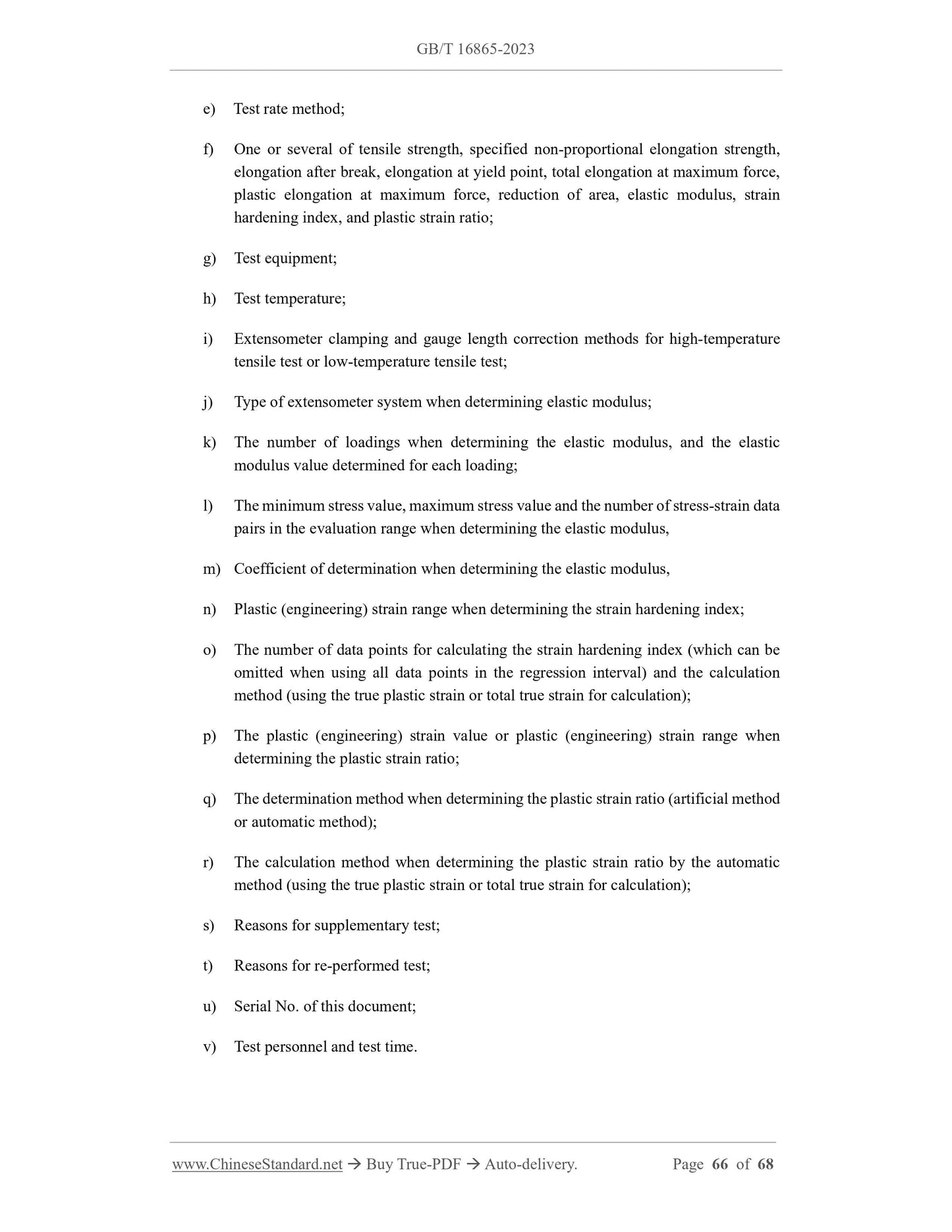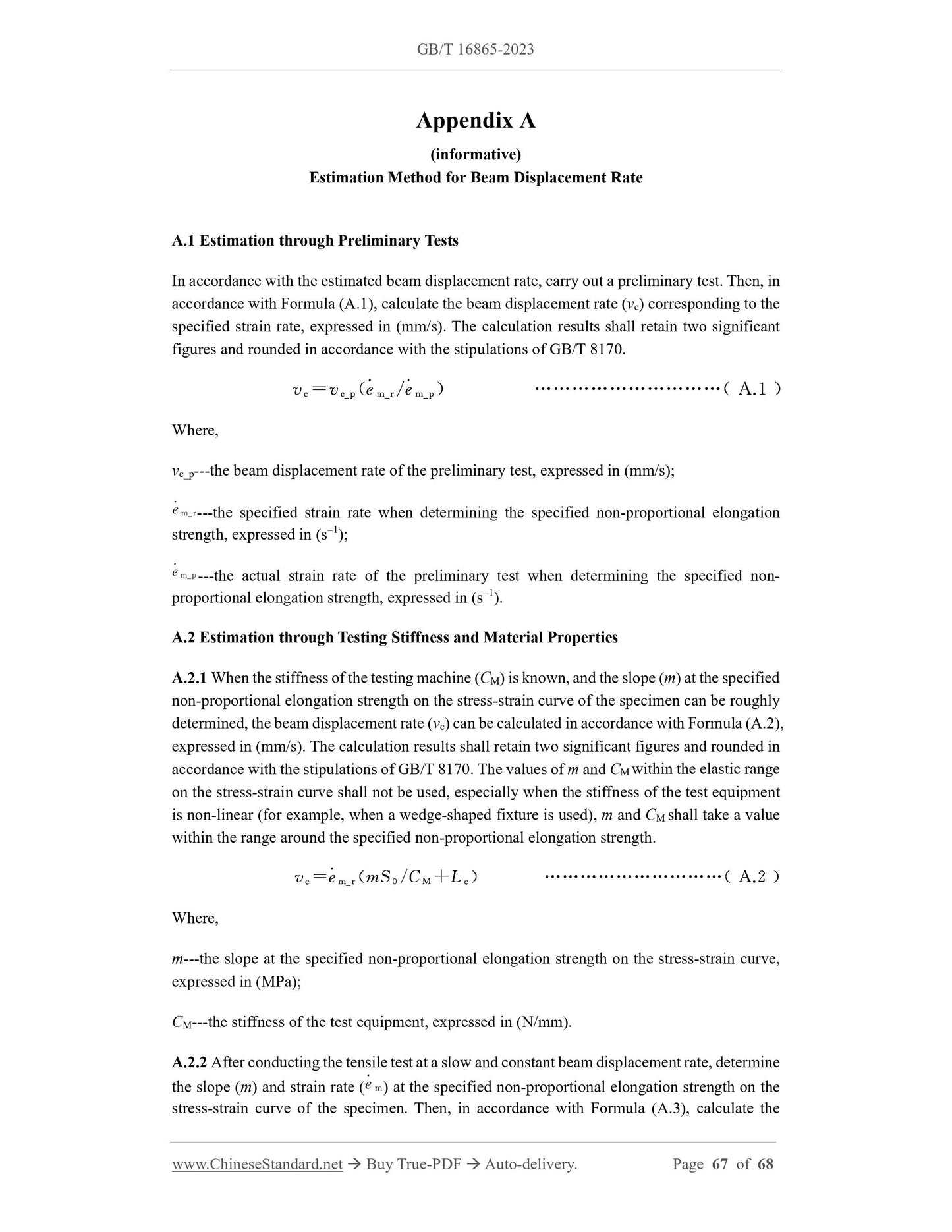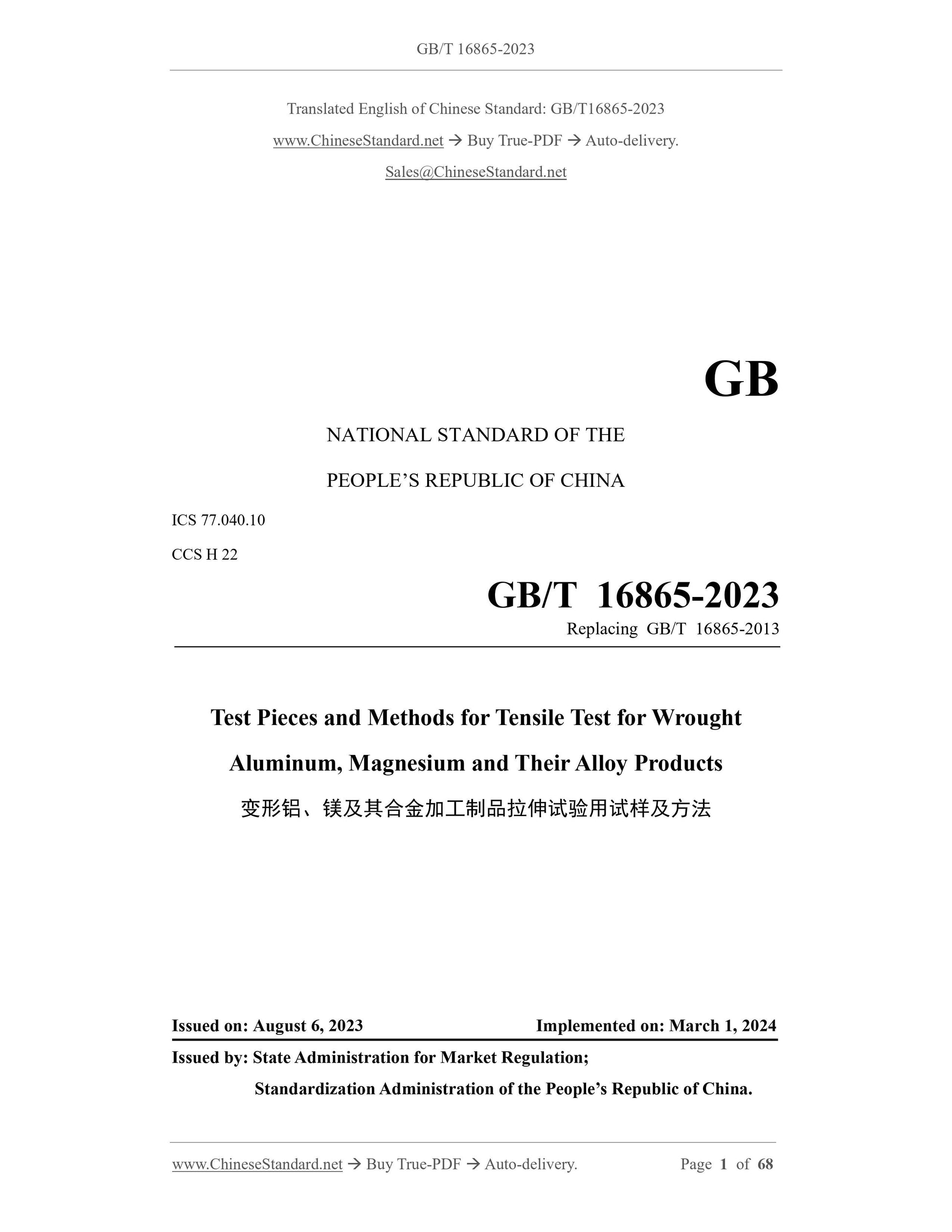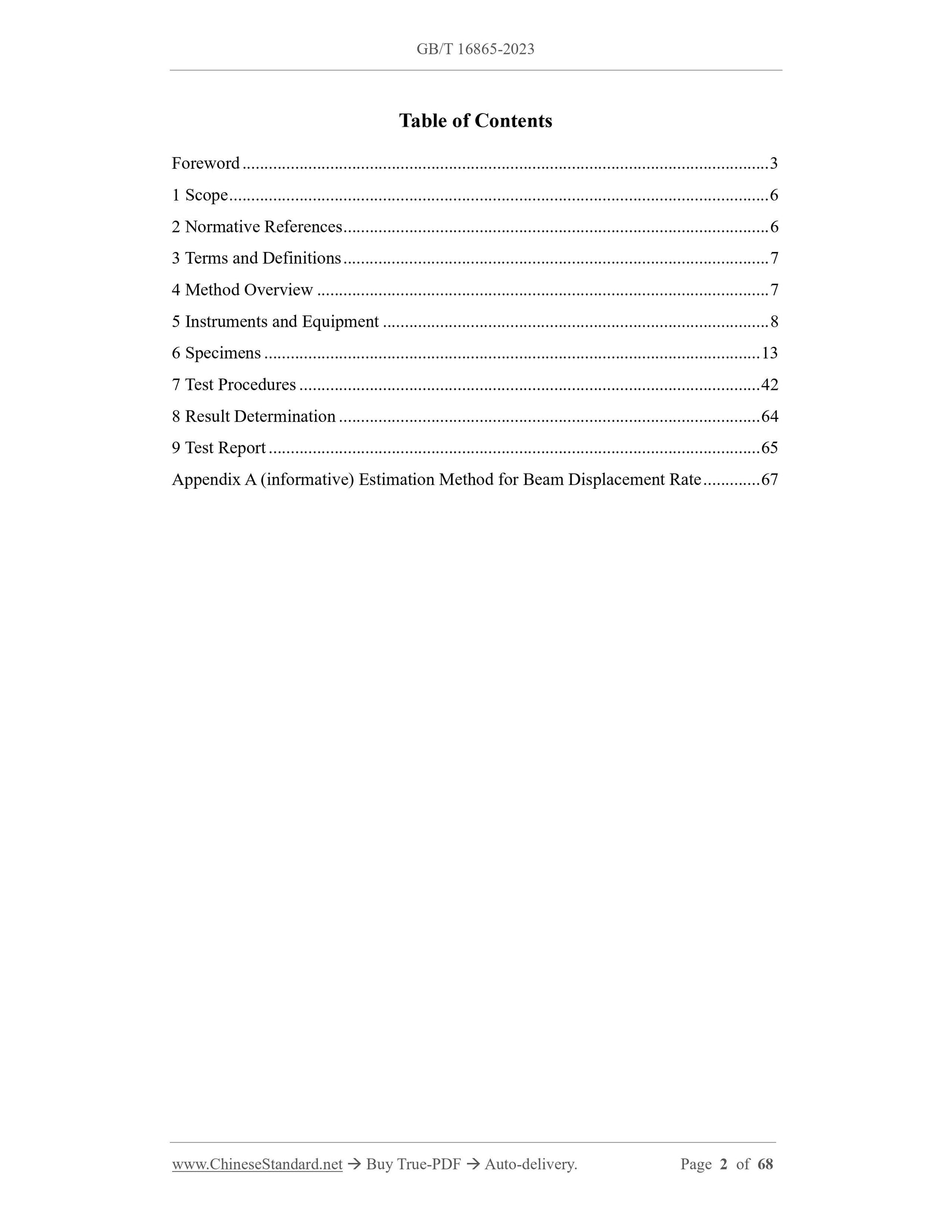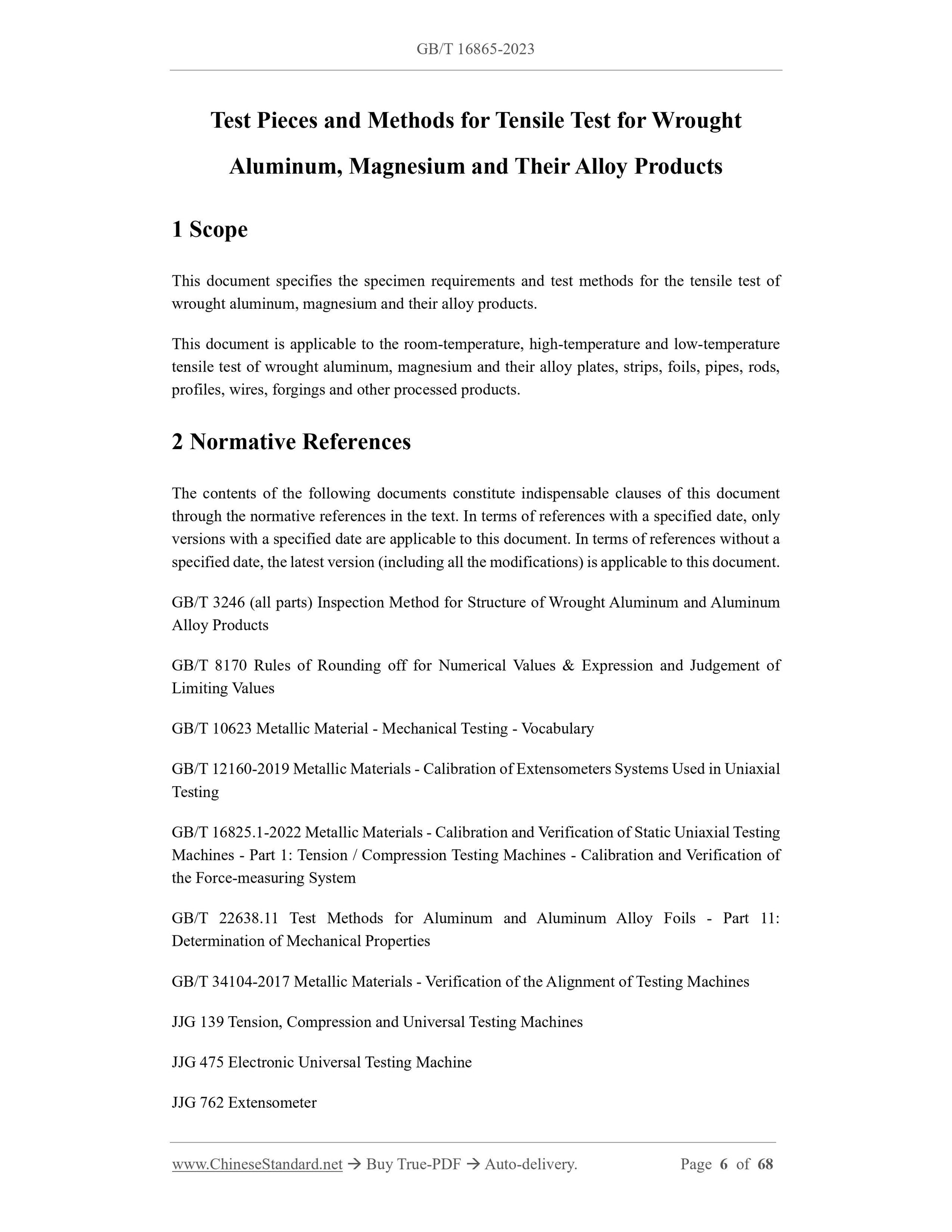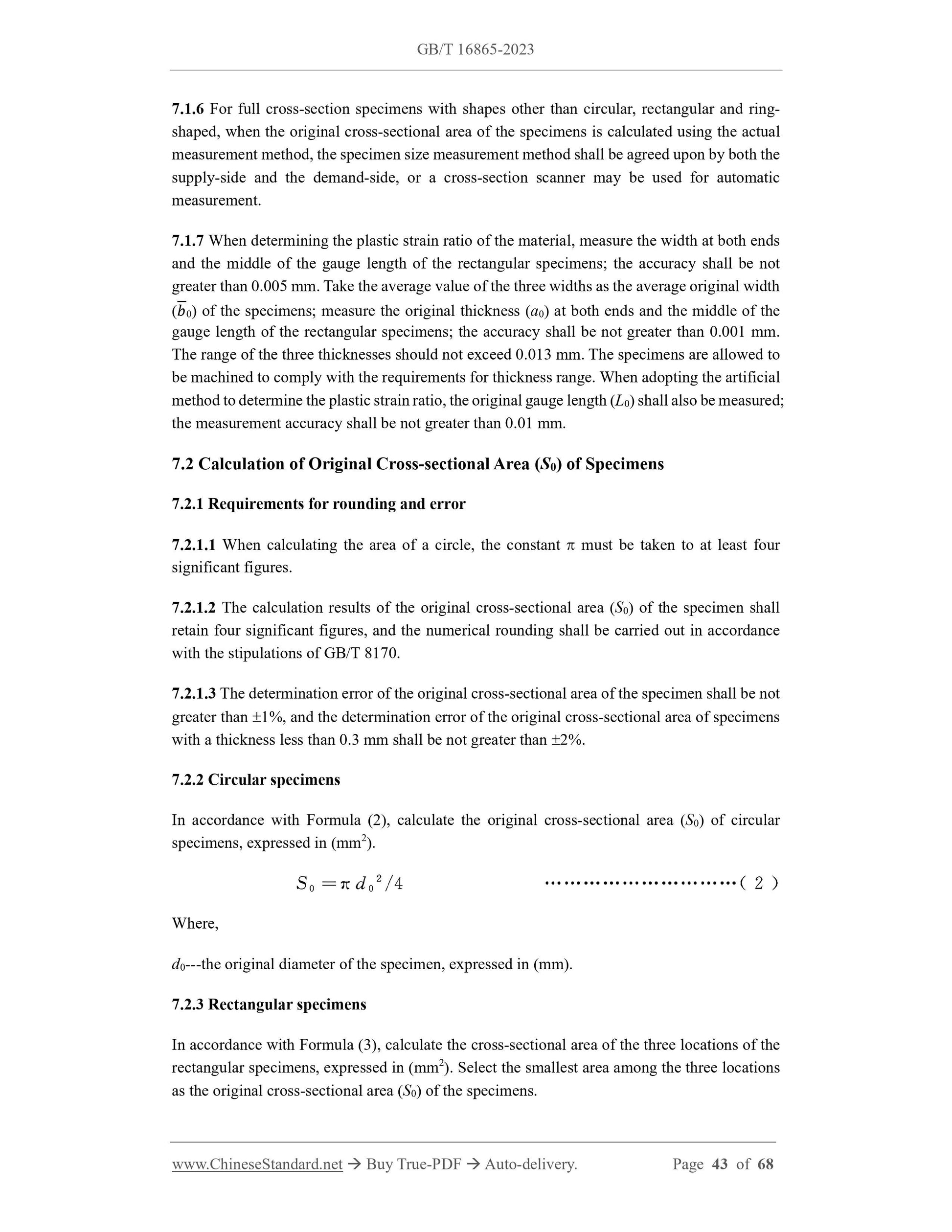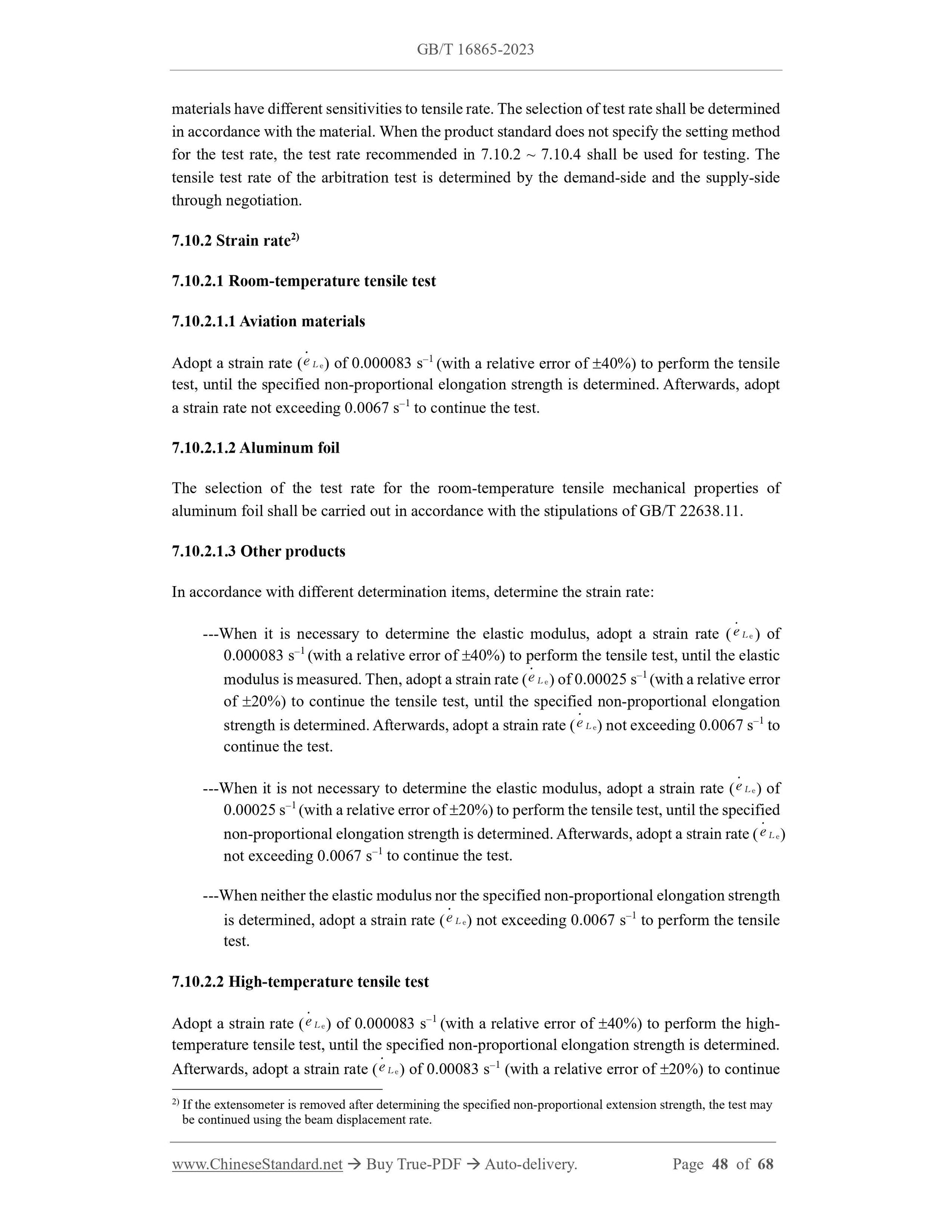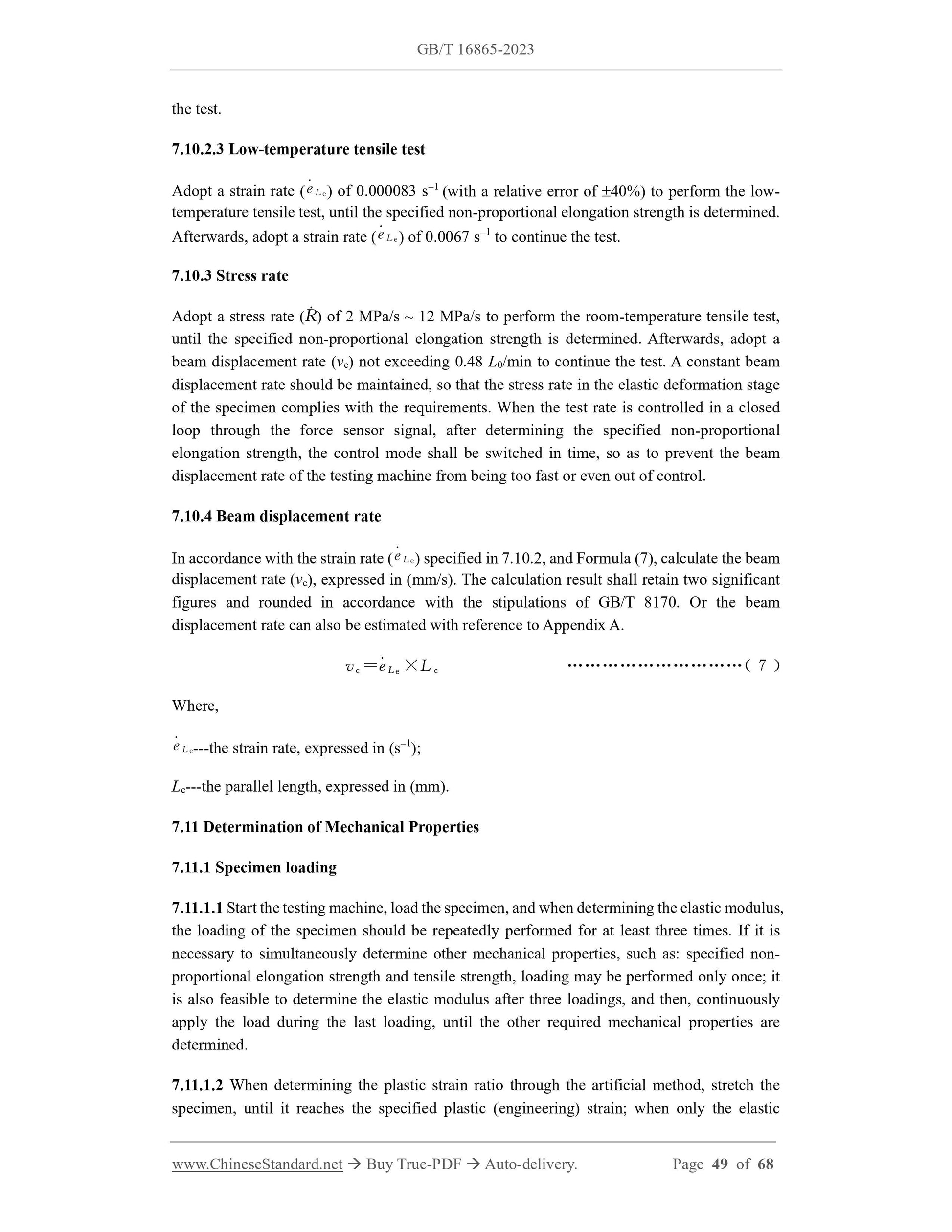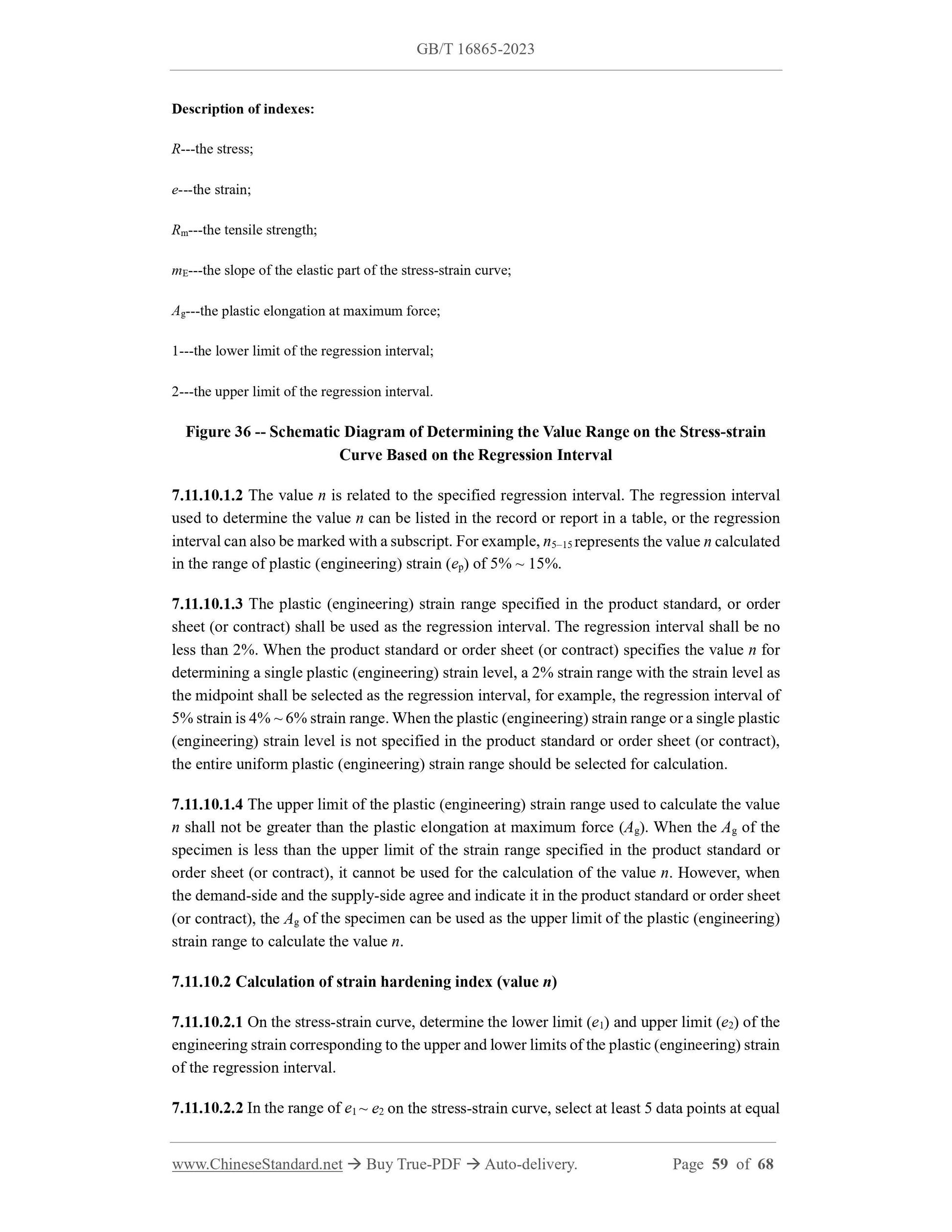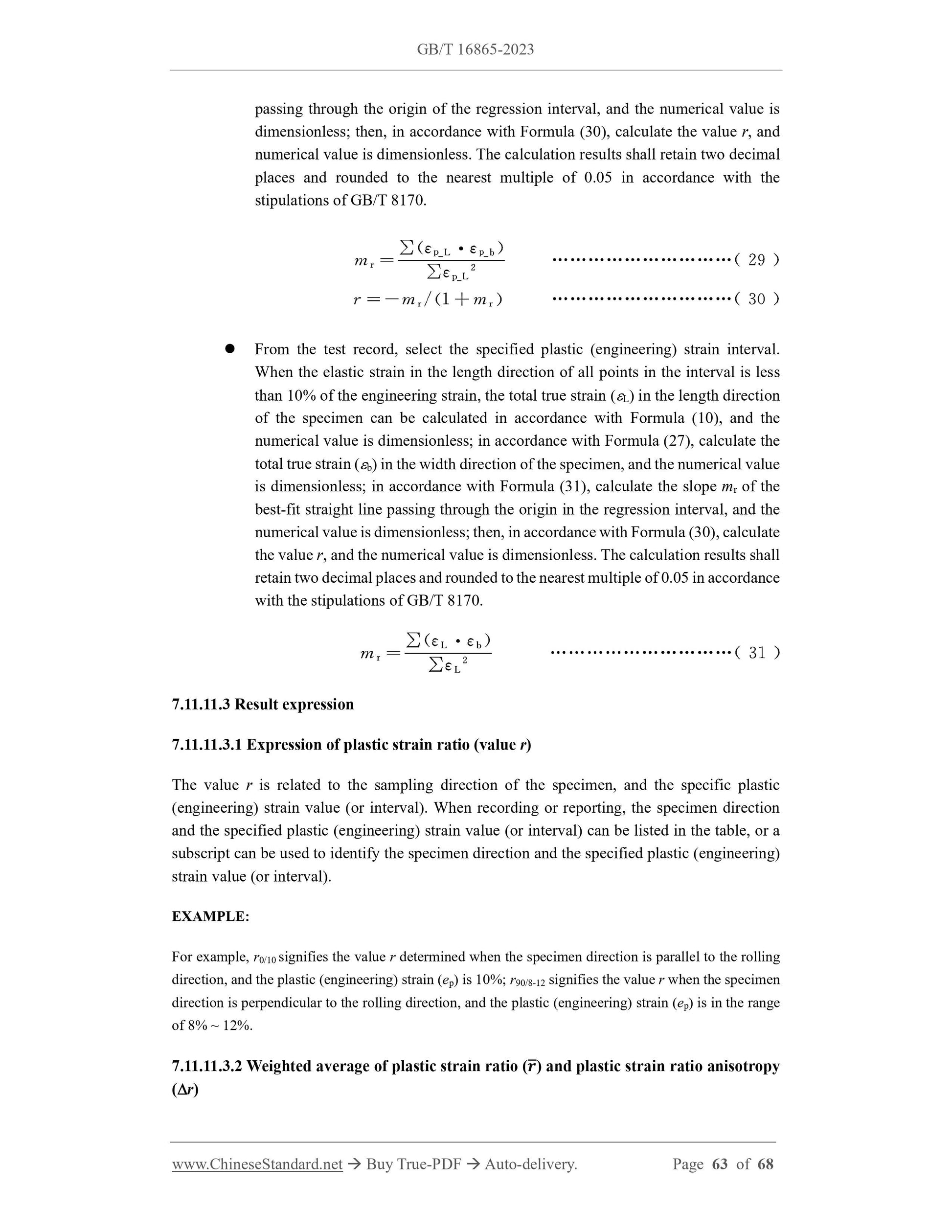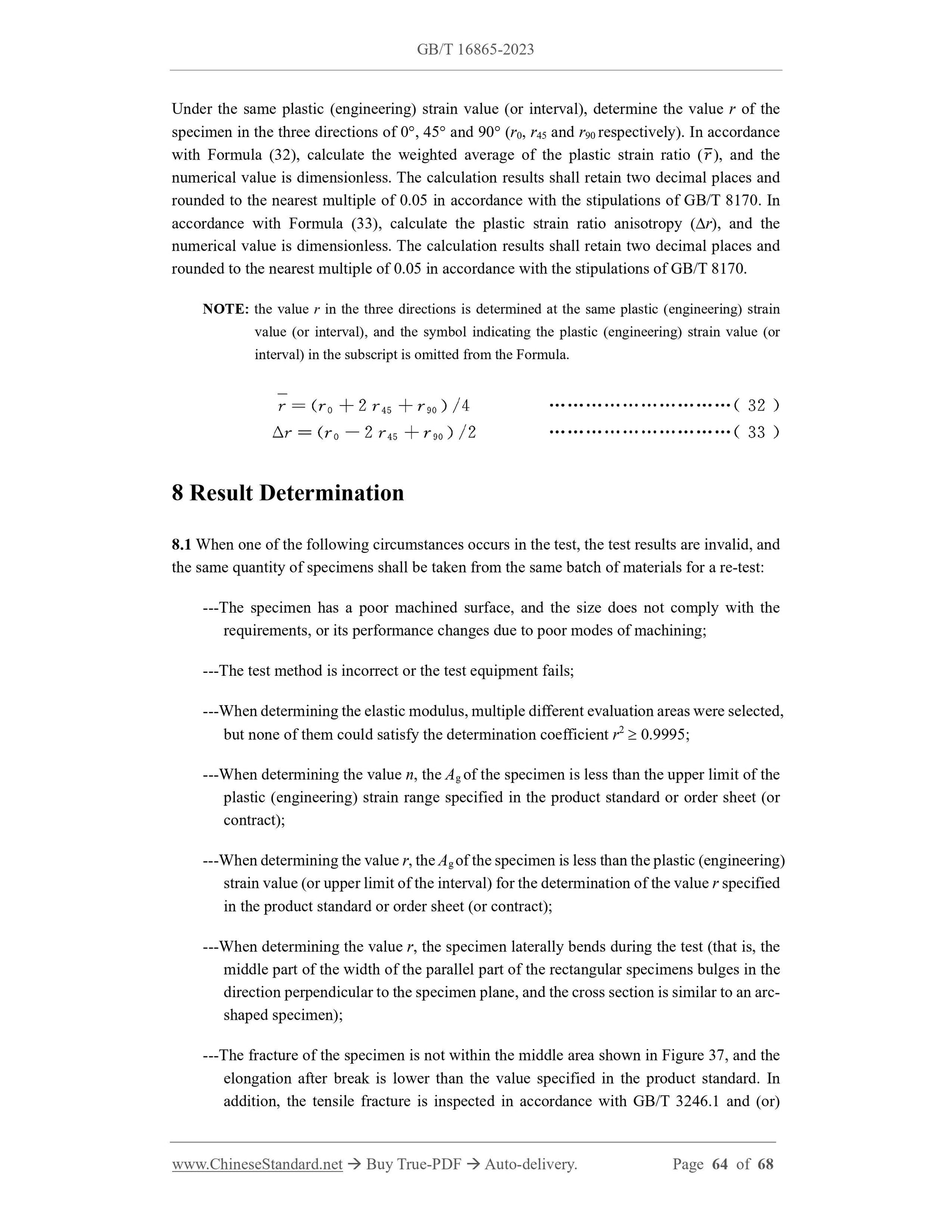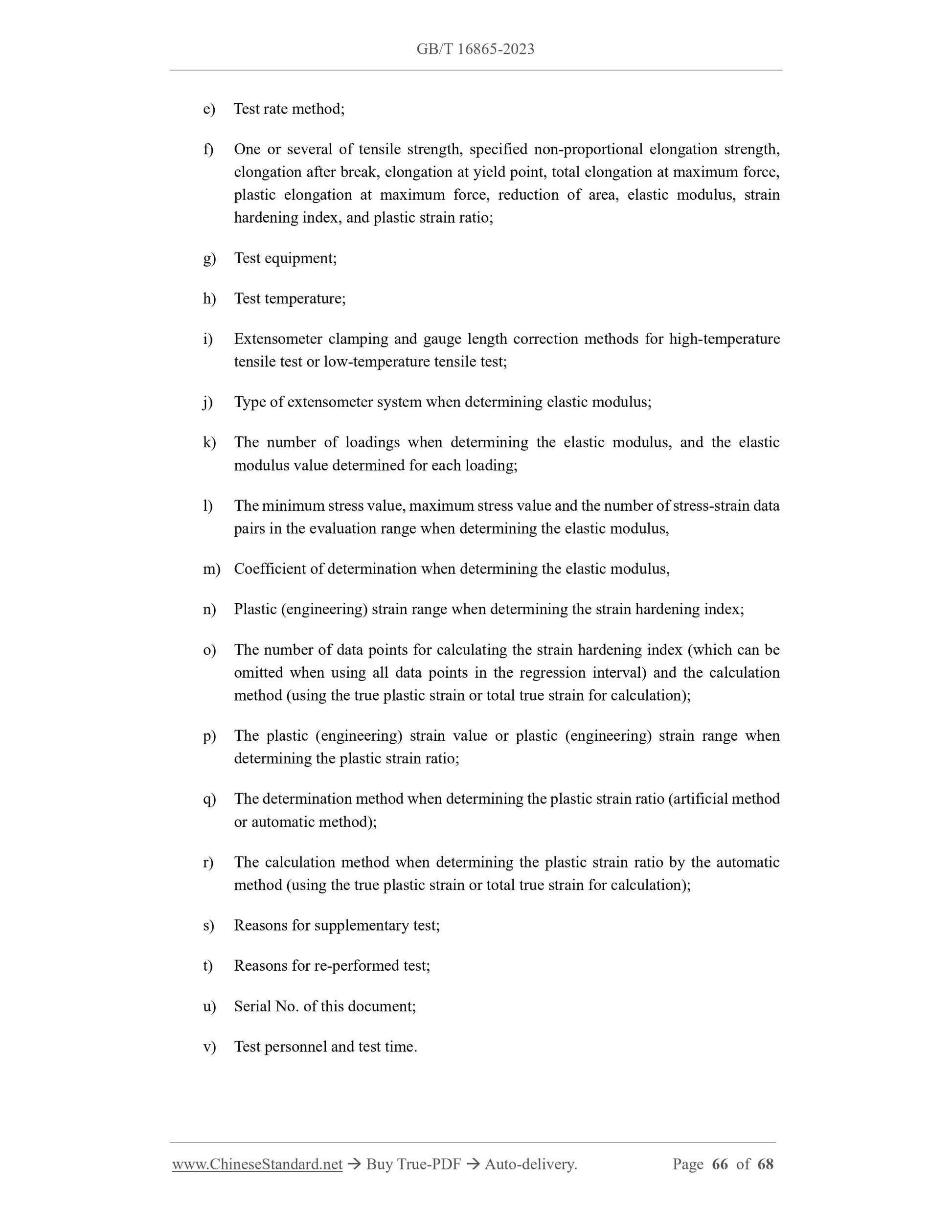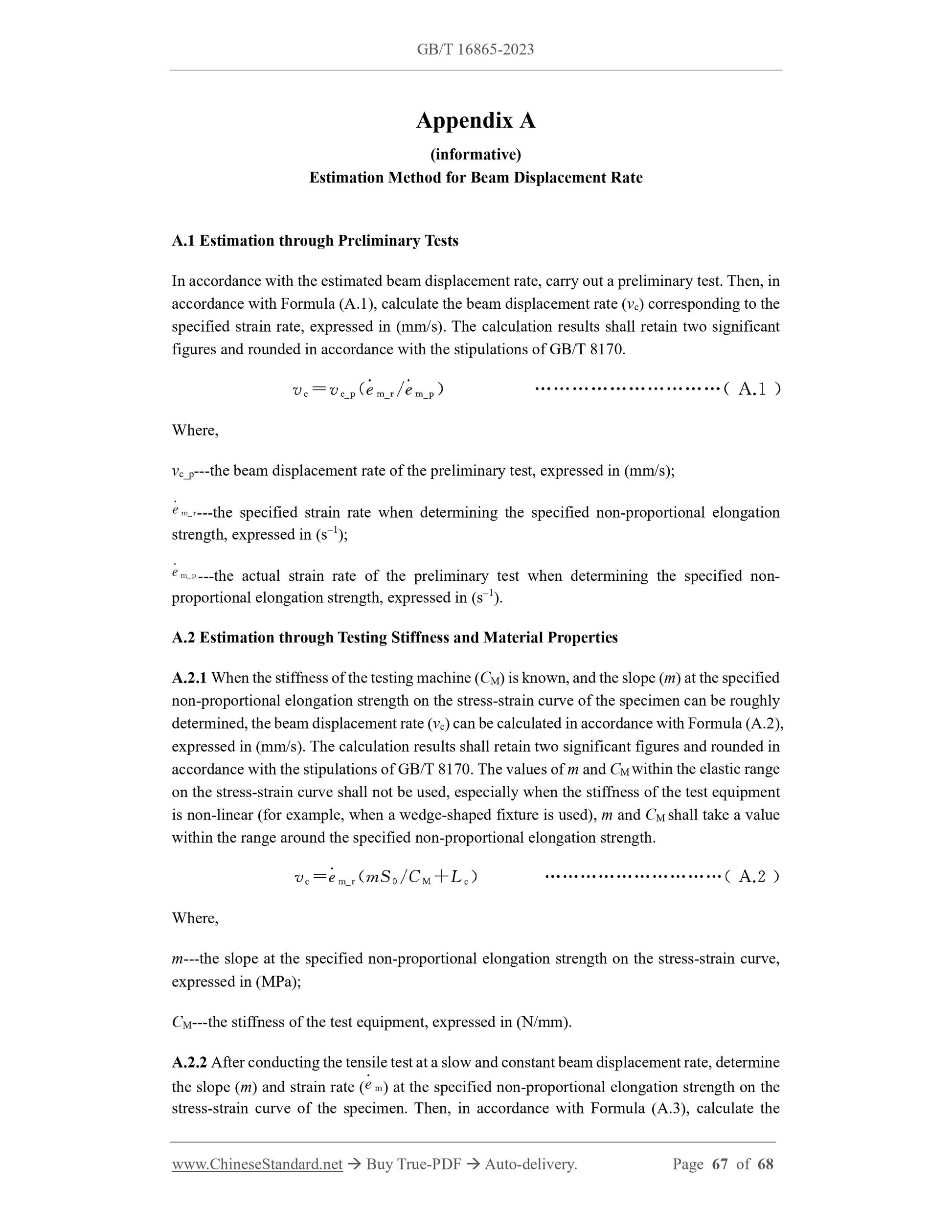1
/
of
12
www.ChineseStandard.us -- Field Test Asia Pte. Ltd.
GB/T 16865-2023 English PDF (GB/T16865-2023)
GB/T 16865-2023 English PDF (GB/T16865-2023)
Regular price
$635.00
Regular price
Sale price
$635.00
Unit price
/
per
Shipping calculated at checkout.
Couldn't load pickup availability
GB/T 16865-2023: Test pieces and methods for tensile test for wrought aluminium, magnesium and their alloy products
Delivery: 9 seconds. Download (and Email) true-PDF + Invoice.Get Quotation: Click GB/T 16865-2023 (Self-service in 1-minute)
Newer / historical versions: GB/T 16865-2023
Preview True-PDF
Scope
This document specifies the specimen requirements and test methods for the tensile test ofwrought aluminum, magnesium and their alloy products.
This document is applicable to the room-temperature, high-temperature and low-temperature
tensile test of wrought aluminum, magnesium and their alloy plates, strips, foils, pipes, rods,
profiles, wires, forgings and other processed products.
Basic Data
| Standard ID | GB/T 16865-2023 (GB/T16865-2023) |
| Description (Translated English) | Test pieces and methods for tensile test for wrought aluminium, magnesium and their alloy products |
| Sector / Industry | National Standard (Recommended) |
| Classification of Chinese Standard | H22 |
| Classification of International Standard | 77.040.10 |
| Word Count Estimation | 50,531 |
| Date of Issue | 2023-08-06 |
| Date of Implementation | 2024-03-01 |
| Older Standard (superseded by this standard) | GB/T 16865-2013 |
| Issuing agency(ies) | State Administration for Market Regulation, China National Standardization Administration |
Share
